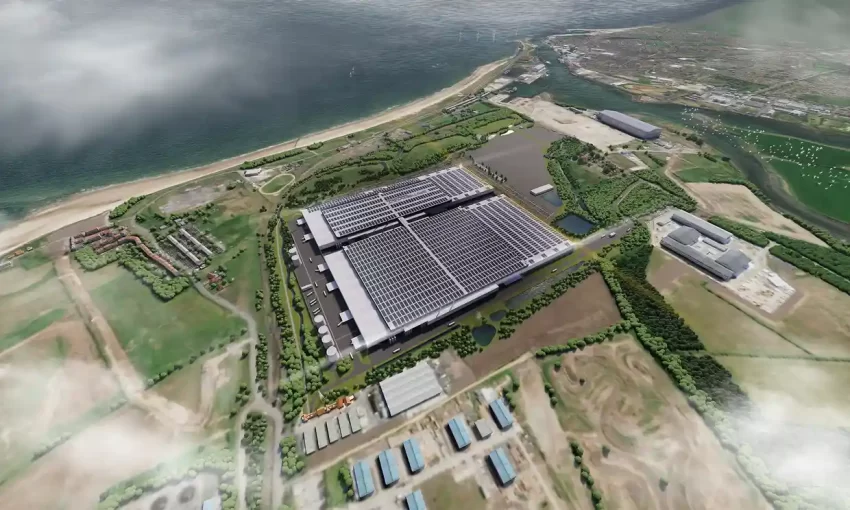By Bernadette Therese M. Gadon, Researcher
THE PHILIPPINES’ trade-in-goods deficit widened to a five-month high in January as exports posted their steepest drop in over two years, the Philippine Statistics Authority (PSA) reported on Tuesday.
Preliminary data from the PSA showed the trade gap — the difference in value between exports and imports — ballooned to $5.74 billion in January from the $4.50-billion deficit in December and the $4.51-billion gap in January last year.
This was also the biggest deficit since the record monthly deficit of $6.02 billion in August 2022.

PSA data showed the value of merchandise exports fell by 13.5% year on year to $5.23 billion in January, lower than the revised 7.7% in December, and a reversal from the 8.9% growth recorded in January last year.
January also marked the sharpest decline in exports in 32 months or since the 26.7% decline in May 2020, at the height of the pandemic. By value, it was also the lowest since the $4.54 billion recorded in May 2020.
Meanwhile, merchandise imports grew by 3.9% annually to $10.97 billion in January, a turnaround from the revised 9.6% decline in December and much slower than the 25.3% growth in January last year.
Imports returned to growth in January after two straight months of decline.
The value of imports was the highest in three months or since the $11.02 billion in October.
University of Asia and the Pacific School of Economics Associate Professor George N. Manzano said the January data reflected the general slowdown in exports around the world.
“When there is a slowdown (in the West), part of the effect is that they will have less appetite for imports. So our exports in general, not only ours but other countries, would be affected as well,” he said in an interview over Viber.
Union Bank of the Philippines, Inc. Chief Economist Ruben Carlo O. Asuncion said exports may have been impacted by negative investor sentiment.
“Firms can easily choose not to import from [the Philippines] if they think that they can wait-and-see or even look at other sources that are cheaper,” he said via Viber message.
DROP IN ELECTRONIC EXPORTS
The country’s export of manufactured goods, which accounted for close to 80% of total receipts in January, contracted by 15.3% year on year to $4.17 billion.
Electronic products, which comprised 67% of manufactured goods, declined by 19.2% to $2.83 billion.
Semiconductors likewise dropped by 19% to $2.12 billion. This accounted for three-fourths of electronic products and 40% of total exports in January.
On the other hand, the country’s importation of raw materials and intermediate goods decreased by 12% year on year to $3.91 billion in January. This segment accounted for more than a third of the total import bill that month.
Capital goods, which have a 28.8% share to total imports, inched down by 1.3% to $3.16 billion.
Mineral fuels, lubricants, and related materials jumped by 70.6% to $2.06 billion in January, while consumer goods increased by 10.3% to $1.80 billion.
Mr. Manzano said demand for fuel increased as economic activity picked up.
“With regards to imports… it could also be a price issue that the prices of imports like for instance mineral fuels, lubricants are obviously tied up with Ukraine-Russia conflict… It’s going to go up also as the economy recovers,” he said.

However, the decline in imports and exports of electronic products may indicate supply chain constraints, Mr. Manzano said.
China remained the main source of imports reaching $2.32 billion in January, accounting for 21.1% share of the total. Imports from Indonesia stood at $1.16 billion (10.6% share of the total), while those from Japan hit $958.70 million (8.7%).
On the other hand, Japan led in buying Philippine-made goods, amounting to $866.25 million (16.6% share of total), followed by the United States ($738.26 million, 14.1%), and China ($666.99 million, 12.7%).
“Exports to the US weakened further at the start of the year, while the December jump in those to China reversed sharply, declines that were only partially offset by a modest bounce in demand from Hong Kong and Japan,” Pantheon Macroeconomics said in a statement.
BLEAK OUTLOOK
Analysts generally have a bleak outlook for exports amid a potential global economic slowdown.
“We are expecting a lackluster export performance for exports in 2023, simply because of the high interest rate environment, including inflation, that can constrain investment funding moving forward,” Mr. Asuncion said, noting that the challenging external environment is a downside risk for Philippine exports.
Pantheon Macroeconomics said it may be too early to say if January data mark a trend change from the decline since June 2022.
“Investment is showing signs of life, at the very least,” it said.
Mr. Manzano said that imports are on an upward trend as the economy reopens.
“It could go up because the Philippines is opening up so you now have classes, face-to-face classes and people are showing up and there’s more travel with leisure so the volume will increase,” Mr. Manzano said.
Mr. Asuncion said he sees exports growing by 2.3%, and imports expanding by 4% this year, although his projections do not include the possible global impact of the recent collapse of Silicon Valley Bank.
“These are definitely lower than 2022 trade performance where exports expanded 5.3% and imports rising 20.7% year on year. The gap between 2022 and 2023 trade growth shows the current assumptions we have of a weaker global trade environment from higher monetary policy interest rates due to rising inflation. Recessionary risks are also included in the mix of what to expect,” he said.
The Development Budget and Coordination Committee set a 3% growth target for exports this year, and 4% growth target for imports.




